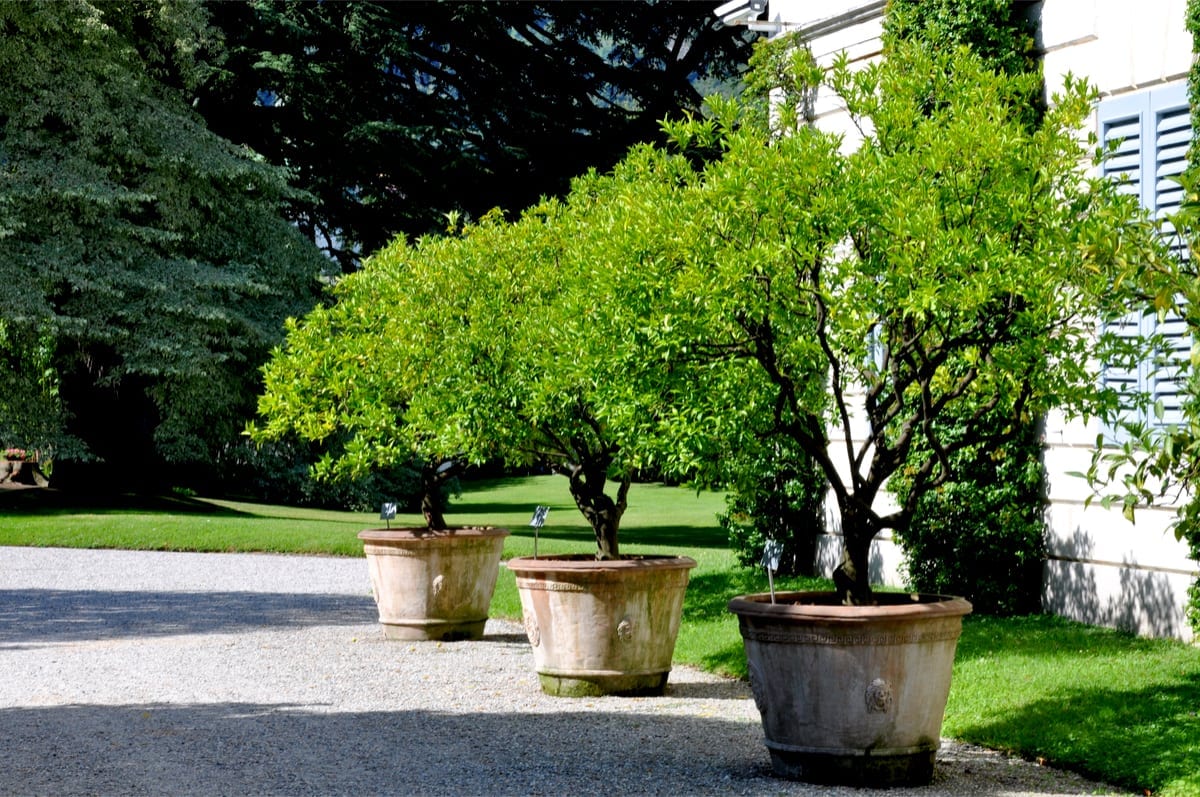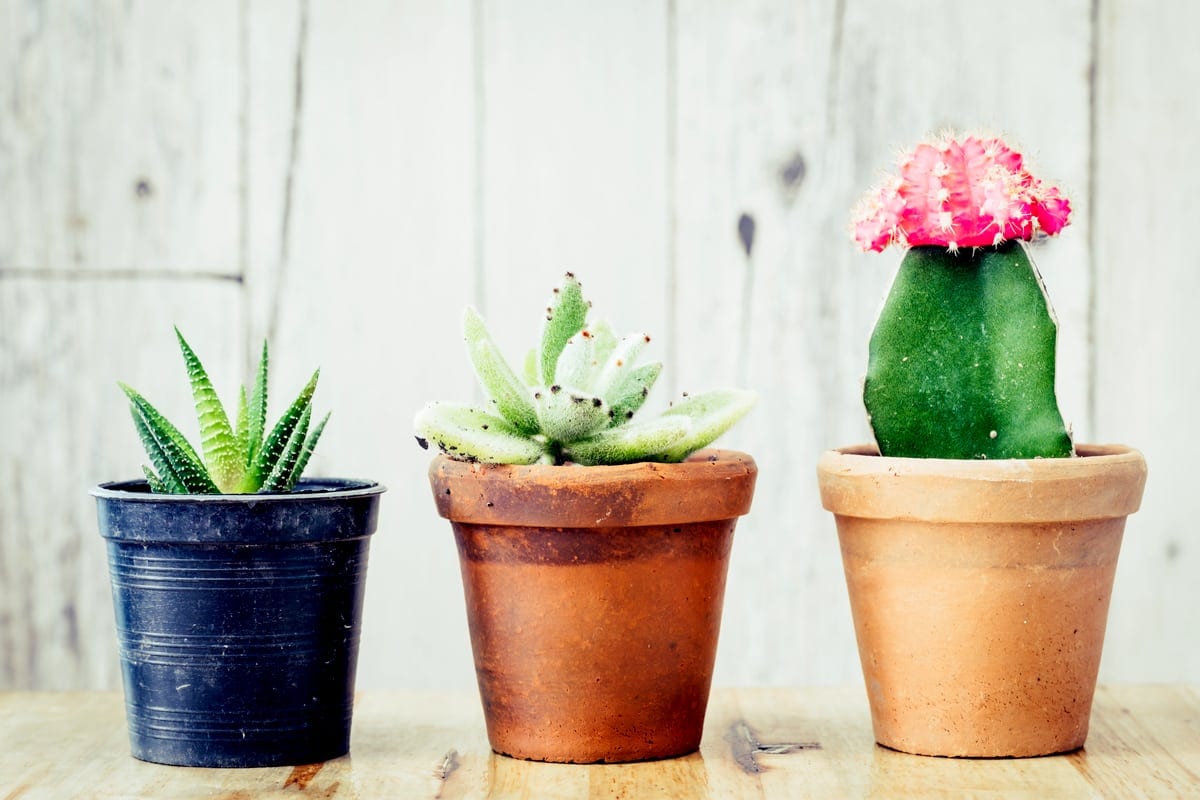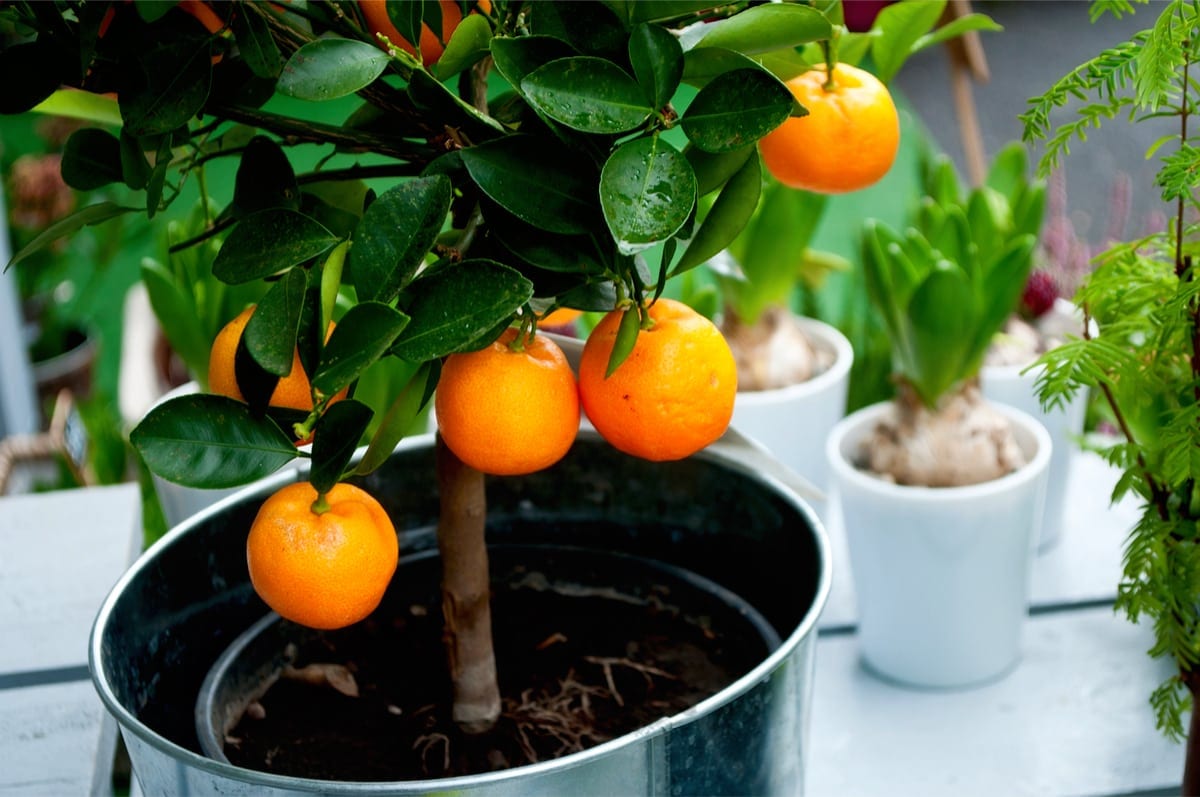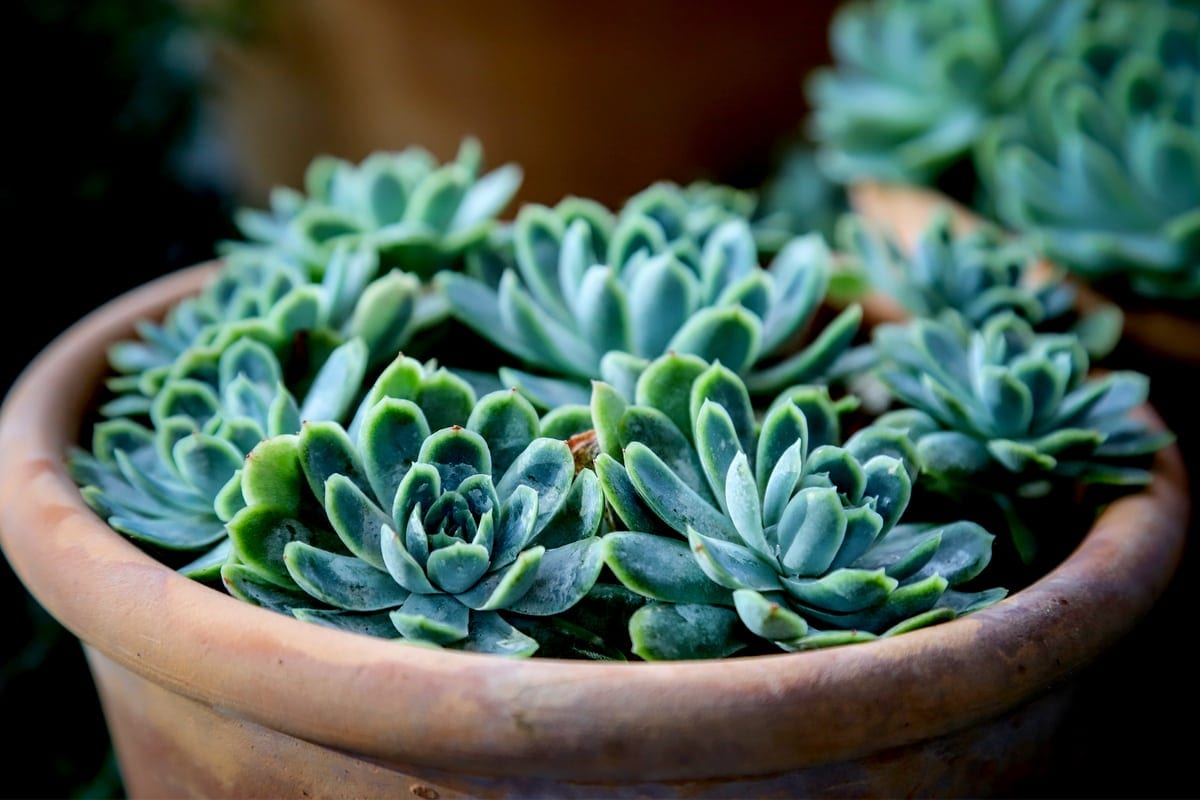Summer is coming, and that means gardening time is here again! While you can have a garden any day of the year, some plants really only thrive in the summer, so this is when you head on over to the nursery and pick out your newest little darlings. The problem is, once you come home with the new plant, you’ve got to pick a pot for it. The pots that most of the plants come with are usually temporary, and won’t suit the plant when it grows bigger. How do you know which pot will work? Try this simple guide to learn how to choose the right pot for your plant.
Size

The first thing you’re going to have to consider is the size. You won’t try to stick a lemon tree in a 14” pot, but nor should you put a little bean sprout in half a whiskey barrel. You’ll want a pot that will keep your plant happy and able to grow, but you don’t want to waste three bags of potting soil to do so. Smaller plants get smaller pots, but how small? The general consensus depends on when you get the plant, and how big you expect it to grow. Plants like tomatoes, broccoli, lettuce, peppers, and cucumbers will fit one to an 18-24” pot, while small flowers, herbs, spinach, and strawberries will grow happily in a 10-14” pot, or even with a couple other plants in a large pot.
Material

Of all the options to choose from, now you get to pick the material. If you’re trying to make a tree a container plant, which it can be, depending on the species, then you’ll want to consider the weight of the pot. Many people stick with plastic or resin, considering the size of the pot and the amount of soil that will go in it. If you’re holding relatively small plants, with pots less than 20” in diameter, it’s much more popular to get clay or ceramic. Clay, however popular and cheap, dries out quickly. If you’re in a hot area or will be putting it on cement, you’ll want to consider this problem, and water more often.
Drainage and Porosity

With different materials, the soil is affected in different ways. When using clay, terra cotta, and even the recycled fiber pots, your soil will dry out much quicker. You’ll have to use more water to combat the sun and heat, but the roots will be able to “air out,” so to speak, and keep themselves from getting waterlogged. Depending on the garden you’ll be making, the plants that you’ll plant, and whether they have a tendency to get root rot, you’ll want to take the porosity into account. Drainage is always a good thing for your plants, and you’ll need at least one hole in the bottom of your pot. Consider the size and amount of holes in your pot, to know whether your drainage is going to be good enough, or if you should consider the pot down the way for a couple bucks more.
